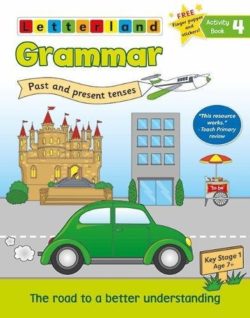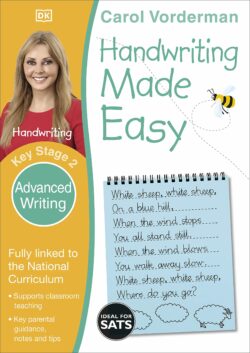No products in the cart.
Literacy Toys
Writing & Handwriting
Discover resources to develop writing and handwriting skills. Find out how to teach a child to write from handwriting practice sheets to handwriting books.
FILTER
Age
- 1
- 2
- 3
- 4
- 5
- 6
- 7
- 8
- 9
- 10
- 11
- 12+
Product Type
- Accessories
- Arts & Crafts
- Books
- Flashcards & Wipe-Clean
- Games
- Jigsaws & Puzzles
- Learning Resources
- Toys
Stage
- Babies
- Early Years
- Primary KS1
- Primary KS2
- Toddlers
Skill
- Communication Skills
- Creativity
- Discovering the World
- Fine Motor Skills
- Health & Self-care
- Imagination
- Independent Learning
- Languages
- Listening
- Literacy
- Managing Feelings
- Mathematical Skills
- Memory
- Mindfulness
- Observational Skills
- Physical Development
- Problem Solving
- Reading
- Scientific Skills
- Self-assessment
- Self-confidence
- Social Skills
- Speaking
- Thinking Skills
- Understanding
- Writing
Areas of Learning
- Arts and Design
- Communication & Language
- Literacy
- Mathematics
- Personal, Social & Emotional Development
- Physical Development & Fine Motor Skills
- Understanding the World
Subject
- Arts and Design
- Design & Technology (DT)
- English
- Geography
- History
- ICT
- Languages (MFL)
- Mathematics
- Physical Education (PE)
- Science
Languages
- Arabic
- Bilingual
- English
- French
- German
- Mandarin Chinese
- Polish
- Russian
- Spanish
- Welsh
Brand
- 25th Century Games
- 4M
- Abrams Books
- Action Phase Games
- Alderac Entertainment Group
- Alley Cat Games
- Amazing Tales
- Andersen Press
- Andrew Brodie Publications
- Arcane Tinmen
- Arcane Wonders
- Ares Games
- Asmodee Editions
- Atlas Games
- Atomic Mass Games
- Awaken Realms
- b small publishing
- Baby Einstein
- Bandai
- Barefoot Books
- Barrington Stoke
- Battlefront Miniatures
- Beehive Toys
- Bezier Games
- Bezzerwizzer
- Big G Creative
- Big Sky Games
- BigJigs Toys
- Blackrock Editions
- Bloomsbury
- Blue Cocker Games
- Blue Orange
- Board And Dice
- Board Game Hub
- Bombyx
- Boxer Books
- BrainBox
- Brother Wize Games
- Bushiroad
- Buster Books
- Cambridge Brainbox
- Candylab
- Capstone Games
- Catan Studios
- Cephalofair Games
- Cheapass Games
- Chessex
- Chronicle Books
- Cicada
- Cool Mini Or Not Inc
- Curiscope
- CWR
- Dantoy
- Didicar
- DK
- DT
- EDU-QI
- EDUPLAY
- Edx Education
- Egmont
- Emaan Productions
- Faber & Faber
- Fat Brain Toys
- Fine Feather Press
- Flying Eye
- Galison Mudpuppy
- Galt Toys
- Gamelyn Games
- Gamewright
- Gecko Press
- GeoSmart
- Gigamic
- GoGo
- Gowi Toys
- Graffeg
- Great Gizmos
- Green Toys
- HABA
- Hape
- Happy Cube
- Hinkler Books
- Horrible Games
- Ivy Kids
- Jar Meló
- Klutz
- Knowledge Builder
- Kumon Publishing
- Lanka Kade
- LeapFrog
- Learning Resources
- Lerner
- Letterland
- Lexie Mouse Publishing
- Lincoln Children's Books
- Little Island
- Little Tiger
- Little Wise Toys
- LOM Art
- Lonely Planet
- Lottie
- Mad Mattr
- Magic Cat
- Make It Real
- Mary Meyer
- masterkidz
- Melissa & Doug
- Michael O'Mara
- MindWare
- Mobilo
- MOLUK
- Moondance Press
- Morphun
- nanoblock
- Nebulous Stars
- Nosy Crow
- Orchard Toys
- Otter-Barry Books
- Page Street Publishing
- Paul Lamond
- Pavilion
- Petit Collage
- Plan Toys
- Playcolor
- Playmobil
- Poptacular
- Primo
- Princeton Architectural Press
- QED
- Quercetti
- Raintree
- Renegade Game Studio
- Rubbabu
- Rubik's
- Santoys
- Sassi
- Scallywag
- Schofield & Sims
- Scholastic
- Scrunch
- Shade 7 Publishing
- Shaw Magnets
- Skillmatics
- Skip Hop
- Smart Games
- Smartivity
- SmartMax
- Sourcebooks
- Storey Publishing
- Tactic
- Tate Publishing
- The Green Board Games Co
- The Puppet Company
- TickIT
- Tidlo
- Top Class
- Twirl Publishing
- Usborne
- Verdes Innovations
- Viga
- Walker Books
- Welbeck
- What on Earth
- Wide Eyed Editions
- Wilberry
- Wiz Kids LLC
- words & pictures
- WordUnited
- Workman Publishing
- Yoyo Books
- Z-Man
- ZooBooKoo
Stock status
- In Stock
- Out of Stock
Showing 1–12 of 71 results
-
Sale!


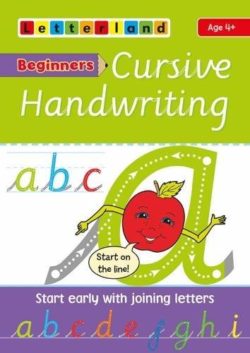 Sale!
Sale!


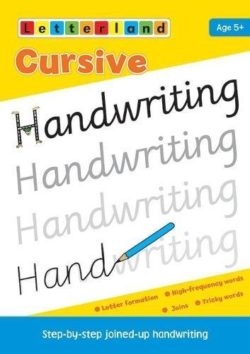

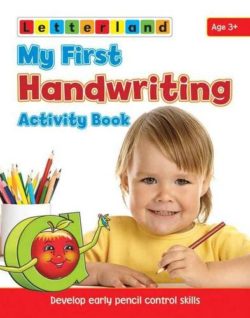

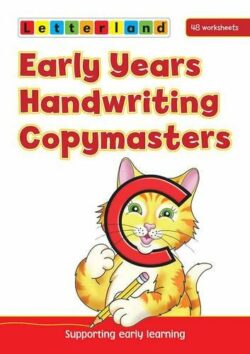

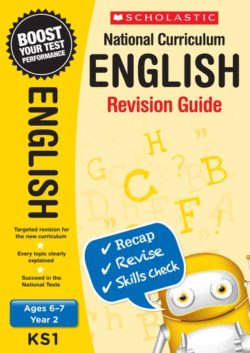

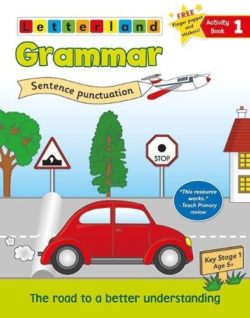

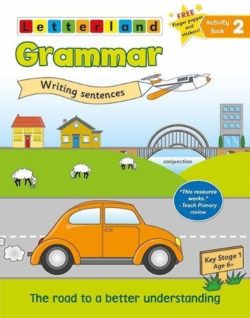

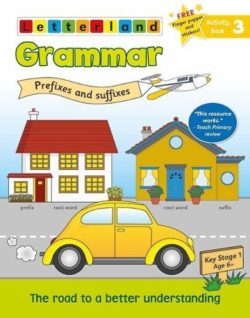
How to Teach a Child to Write
When considering how to teach a child to write, there are several key areas to bear in mind. Learning writing and handwriting is a process that takes time. Therefore, understanding and supporting the necessary skills required to write enables children to progress through each step smoothly. Find out how to teach a child to write below, from pre-writing skills to the best handwriting worksheets.
Developing Fine Motor Skills
Before children even begin to write, it is important to cultivate fine-motor skills and build strength in the hand muscles. In early childhood, this can be accomplished through a variety of pre-writing games. One of the best activities to improve fine-motor skills and hand-eye coordination is threading. Younger children may prefer threading toys such as a lacing ponyor counting dragons, as these items promote pre-writing skills, colour recognition and number skills. In addition to developing such skills, children can also play with each of these toys, making them an educational yet enjoyable choice. Moreover, threading toys usefully improve dexterity and creativity, which will later be extremely useful when children begin to write. To work on fine-motor skills and pattern making, try lacing rings that depend upon hand-eye coordination and concentration. Alternatively, combine lacing and learning lowercase letters to improve letter recognition with this alphabet threading resource. Children can also benefit from learning to mould and manipulate play dough or stacking blocks. Chunky jigsaw puzzles are perfect for little hands to slot into place – Conga the Crocodile is a fantastic addition to toy collections and enhances fine-motor skills, hand-eye coordination and problem-solving. For water-based play, Helping Hands fine-motor tool set strengthens the muscles required for writing.
Mark Making Resources & Early Writing
As children’s fine-motor skills advance, they begin to experiment with mark making. Easy grip crayons are a fantastic for little hands to draw with; children can begin mark making whilst increasing their knowledge of different colours and developing the foundations of how to grip. Using chalk and paint can also develop muscles to later support the correct pencil grip as children grasp the paintbrush or chalk to create marks upon different textures. An interesting alternative to using tools such as chalk and crayons is for children use their fingers. Finger painting is a lovely example of sensory play that can stimulate imagination. As explained by earlyyearscareers.com, the “scribbles” children draw when mark making are examples of children expressing themselves and offer an insight into their thought processes. When children are ready to progress from mark making to early writing, it is beneficial to establish proper grip. Help place children’s fingers and thumb in the correct position to ensure the best pencil holding technique. This can be a difficult skill to master and some children may find pencil grips to be helpful in the earlier stages. Packed with engaging activities to form early pencil control, My First Handwriting provides brilliant handwriting practice for kids when forming essential first writing skills. For pen control, Wipe-Clean First Pen Control provides fun activities for preschool children learning how to write with wipe-clean pages that can be used multiple times. To encourage little ones to pick up the pencil, entertaining books such as The Pencil and The Dot are charming reads to inspire kids to draw and, later, write.
Letter Formation Sheets & Toys
Once children have harnessed the skill of pencil grip, they begin to trace letters. Whether it is on existing letter formation sheets or individually prepared sheets, children can slowly work on the best ways to write each letter. Writing children’s names in dots for them to trace over is a wonderful way to encourage interest in learning letters as it directly relates to the child themselves. Plus, their name is a word they will probably be writing for the rest of their life, so it is an ideal place to start. Letter formation worksheets unite colouring and tracing to assist children when learning to write letters of the alphabet. Free resources such as letter tracing worksheets are amazing activities to support early writing. Alphabet ordering activities are letter formation worksheets that encourage kids to practice writing letters. Such letter formation worksheets can be partnered with wonderful learning resources. For example, touch and trace flashcards and tactile alphabet letters support letter formation sheets by motivating children to connect with writing by physically tracing the letters with their fingers.
Handwriting Practice Sheets & Books
Scholastic English skills books for KS1 and KS2 are bursting with back-to-back handwriting practice sheets for children aged 4–9. Kids can exercise their handwriting style following the tips and tricks to reinforce good writing skills using the workbook handwriting sheets. To learn about movement pathways, clever books such as Sing-Along Handwriting sheets link letter shapes to funny characters and songs, making them more memorable. Furthermore, children can work to become independent writers using the handwriting sheets in My Second Handwriting or learn from free phonics handwriting worksheets. When learning how to join, try Letterland books filled with cursive handwriting worksheets for children to study and trace many high-frequency words to improve confidence and speed when writing. Beginners may prefer a book that introduces children to entry and exit strokes for letters, building step-by-step knowledge with cursive writing worksheets. If you have exhausted all the handwriting practice sheets, take a look at WordUnited’s Write & Wipe flashcards. These bestselling kits support the National Curriculum and help children to trace and write words, increasing their vocabulary. Additionally, the sturdy flashcards demonstrate the correct strokes and boost independent learning.
Click here to read our blogpost about how to teach a child to write using 7 fun and easy ways.



 01782 698558
01782 698558




